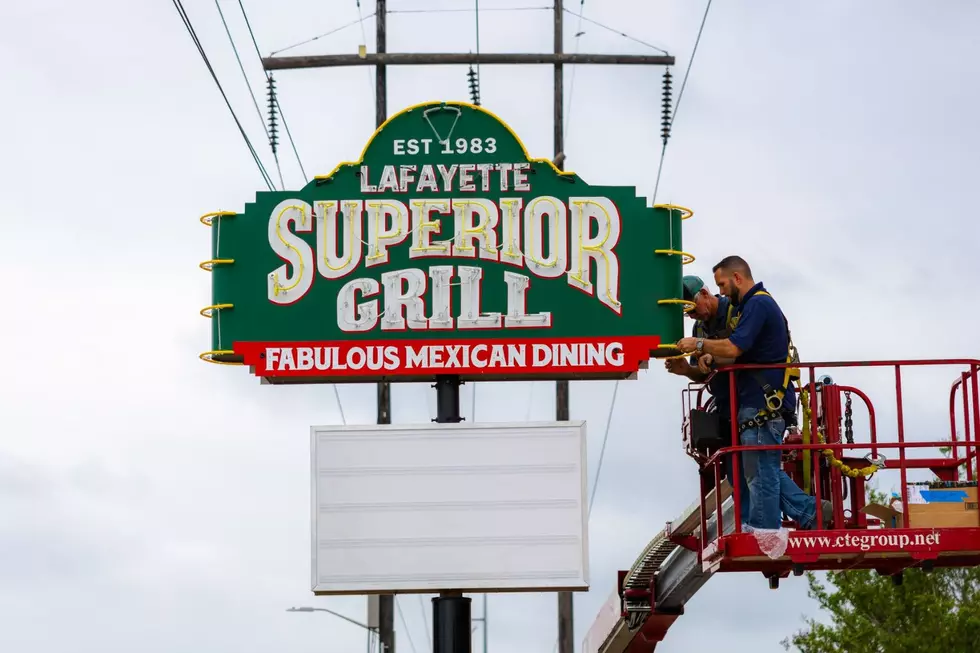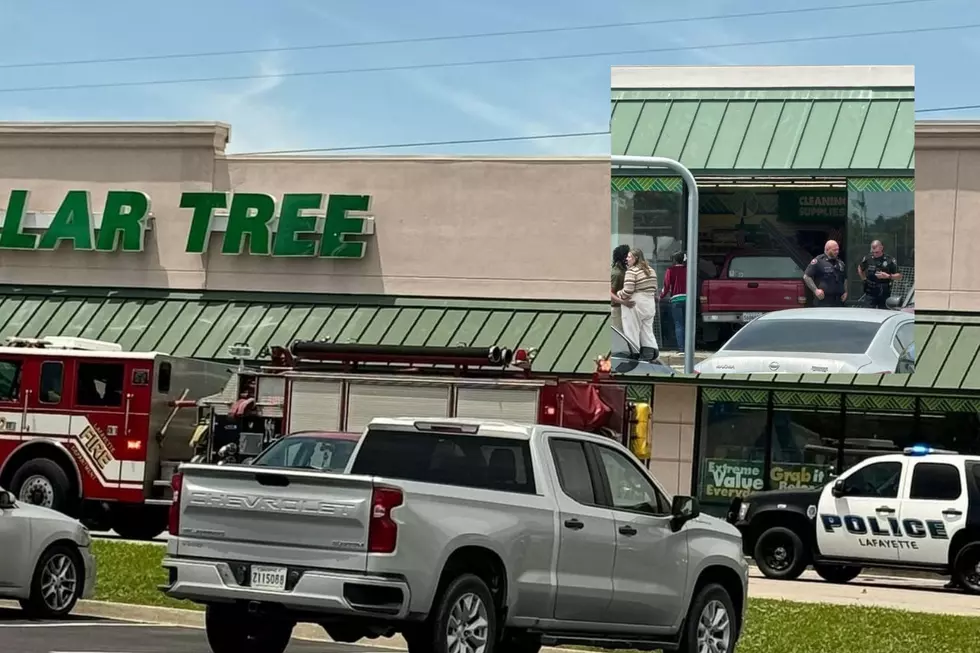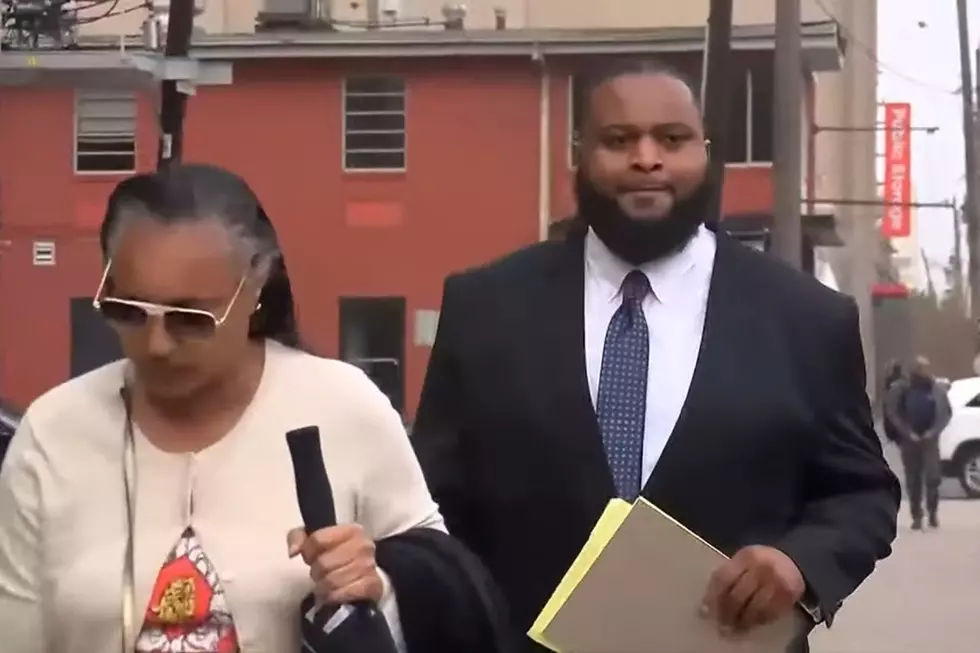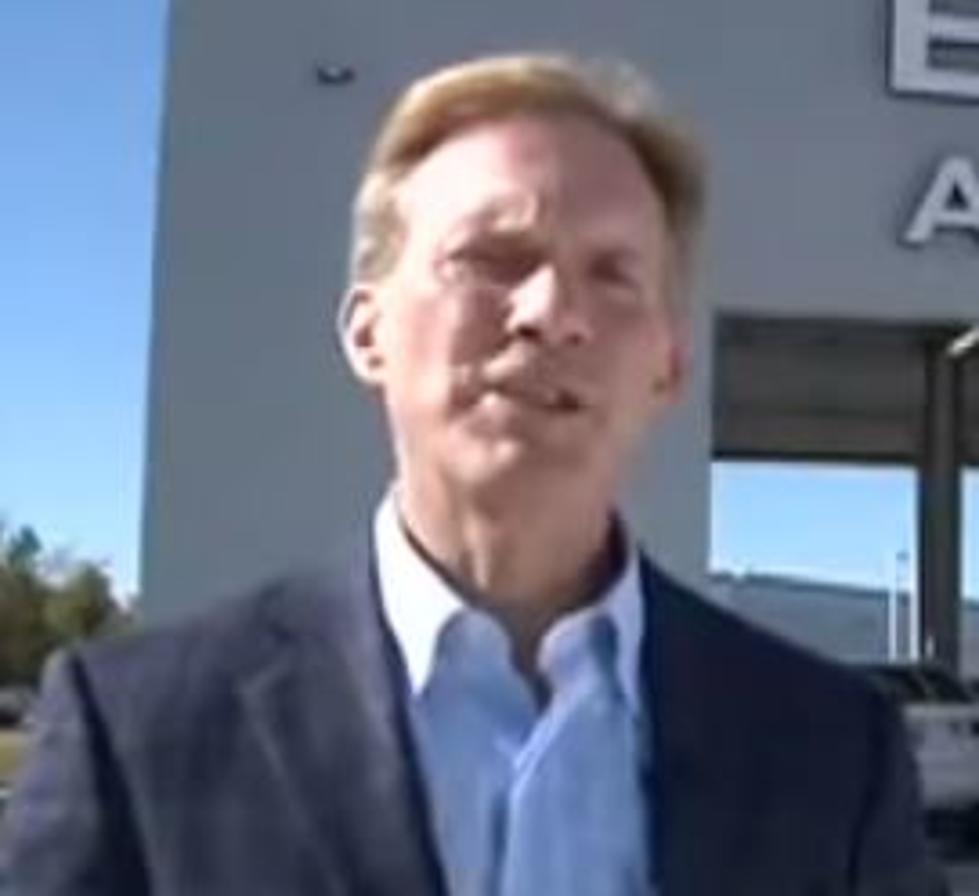
Governor: Louisiana Again Has $300M Estimated Budget Surplus
BATON ROUGE, La. (AP) — Louisiana will close the books on the last budget year with a surplus around $300 million, the third year in a row the state has taken in more money than it immediately spent, Gov. John Bel Edwards said Thursday.
The Democratic governor announced the surplus estimate at the Louisiana Sheriffs' Association summer conference during a gubernatorial candidate forum where he faced off against one of his Republican opponents on the Oct. 12 ballot, U.S. Rep. Ralph Abraham.
"We're going to realize for the second straight year a surplus in the range of $300 million," Edwards said as he talked of spending more money on sheriffs.
Louisiana has had three years of cash balances when budget years ended: $123 million from 2016-17, $308 million from 2017-18, and the latest one from the 2018-19 fiscal year that ended June 30.
Edwards said an official number of the leftover cash won't be known for several more weeks. He said the estimate comes from his budget analysts' calculations. It's unclear which tax collections came in better than expected to account for the surplus.
The governor declared it "another good sign for the state of Louisiana," highlighting the state's financial stability after nearly a decade of ongoing budget deficits that had to be closed. Edwards and the majority-GOP Legislature passed a package of tax hikes this term, including a sales tax increase, to fill shortfalls and pay for ongoing expenses.
But some conservative Republicans say the continued surpluses show the tax hikes went too far and some of the taxes should be scaled back. Abraham supports removing the seven-year, 0.45% sales tax enacted this term, though he hasn't said where he'd cut spending to keep the budget in balance.
Lawmakers and the governor will decide how to spend the surplus cash in the 2020 legislative session.
Under Louisiana's constitution, surplus dollars can only be spent on certain one-time expenses, like debt payments, construction work and coastal projects, not ongoing agency expenses and continuing programs. At least 10 percent of any surplus is supposed to pay down retirement debt, and a quarter of a surplus is earmarked for the state's "rainy day" fund.
Lawmakers used the last surplus to pay for roadwork, coastal protection and debt payments, in addition to the rainy day fund allocation and retirement debt requirements.
More From News Talk 96.5 KPEL









